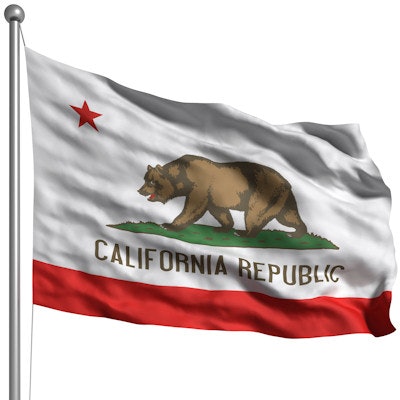
Not all Californians are receiving the dental care they need due to a few key disparities, according to a policy brief from the University of California, Los Angeles (UCLA) Center for Health Policy Research.
The brief highlights the small number of dentists available per capita to serve patients in some parts of the state. One of the worst counties is San Joaquin County, where just 2.2 dentists are available per 5,000 residents. Furthermore, only 2% of dentists in the county see Medicaid beneficiaries even though 65% of the area's low-income adults have Medicaid insurance.
In addition, about 79% of dentists in California do not provide care for low-income patients who rely on Medicaid, the authors found. Only 8% of dentists are Latino or Black, compared with 60% of the state's low-income adult population overall.
Furthermore, the disparities could get worse because approximately 23% of dentists are nearing retirement age while only 9% of dentists graduated from dental school within the past five years. Also, in other findings, 39% of low-income California adults stated their oral health was "fair" or "poor," and 41% had not visited a dentist in the previous year.
The authors did suggest ways to ameliorate the problem, such as expanding the roles of hygienists and dental therapists to reduce the burden on dentists, encouraging dentists to use "mobile clinics," and offering at least some appointments through web-enabled devices.



















